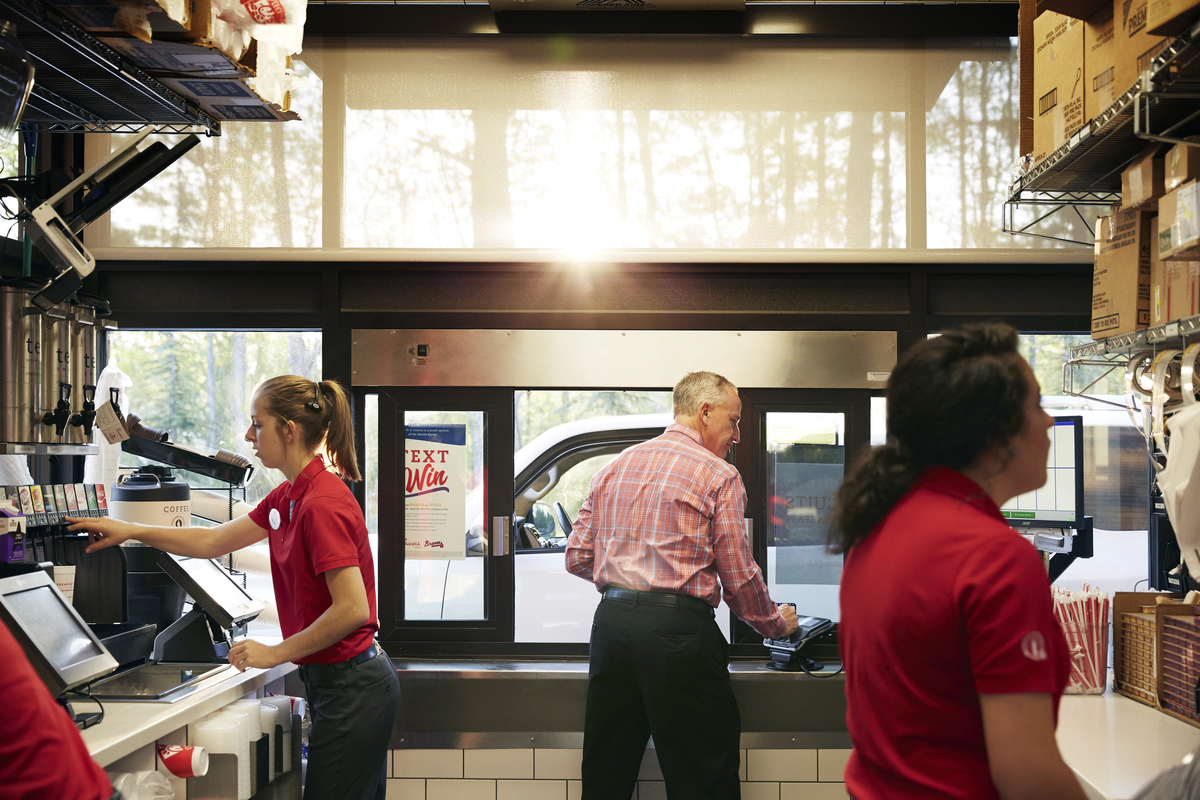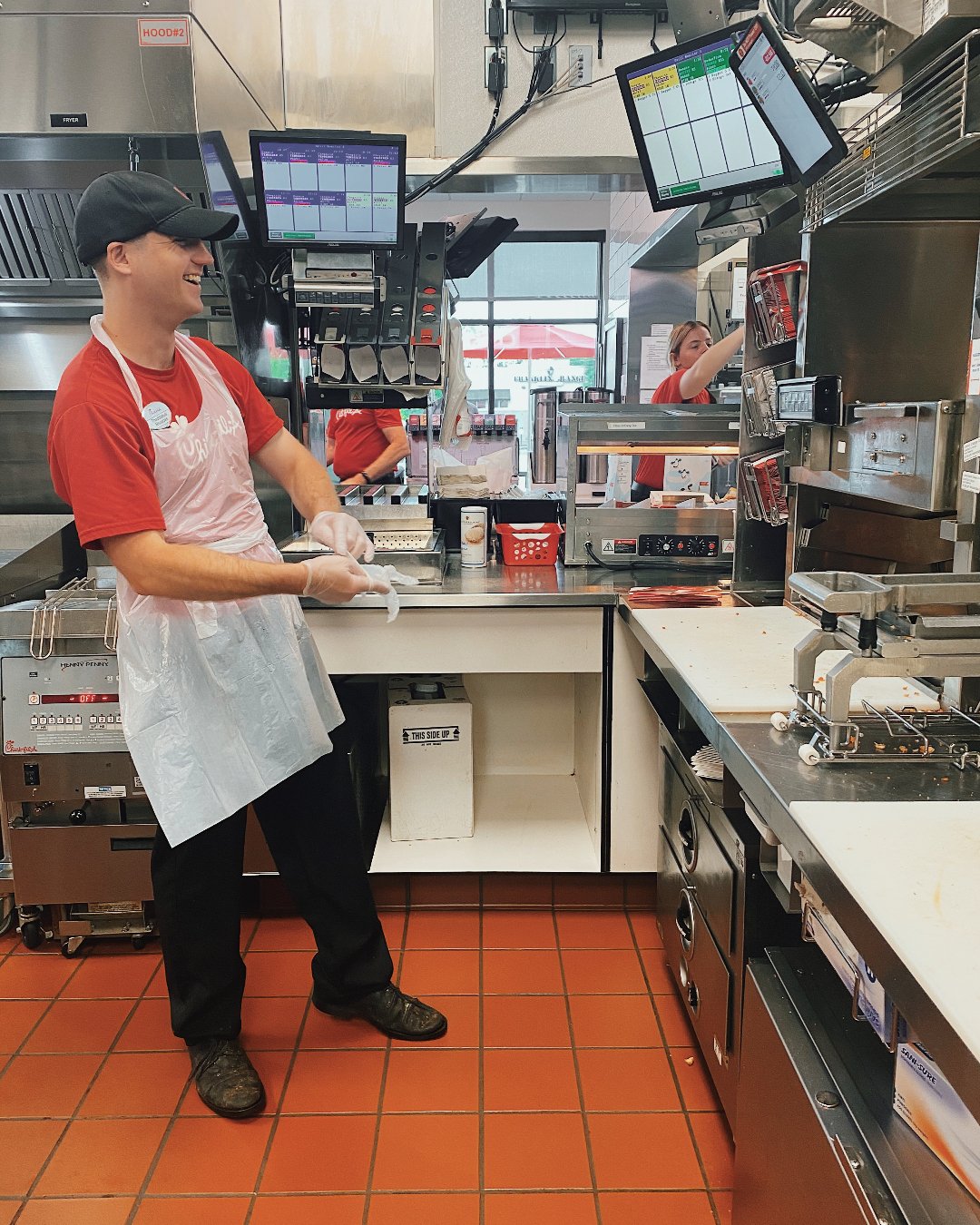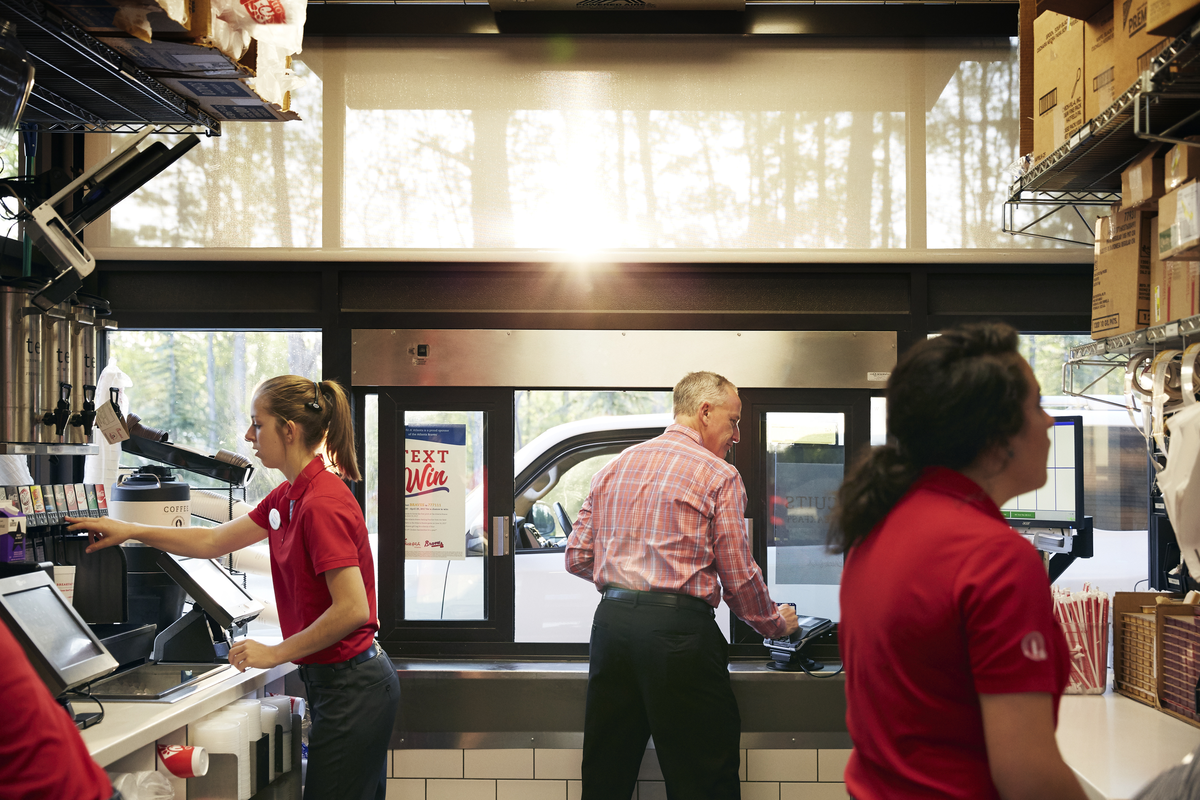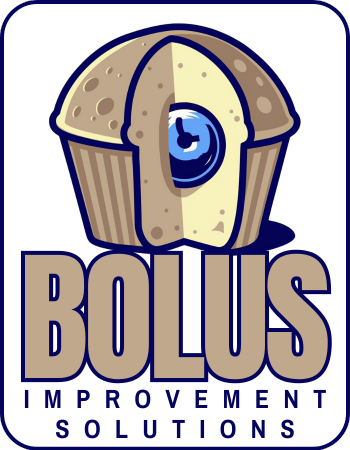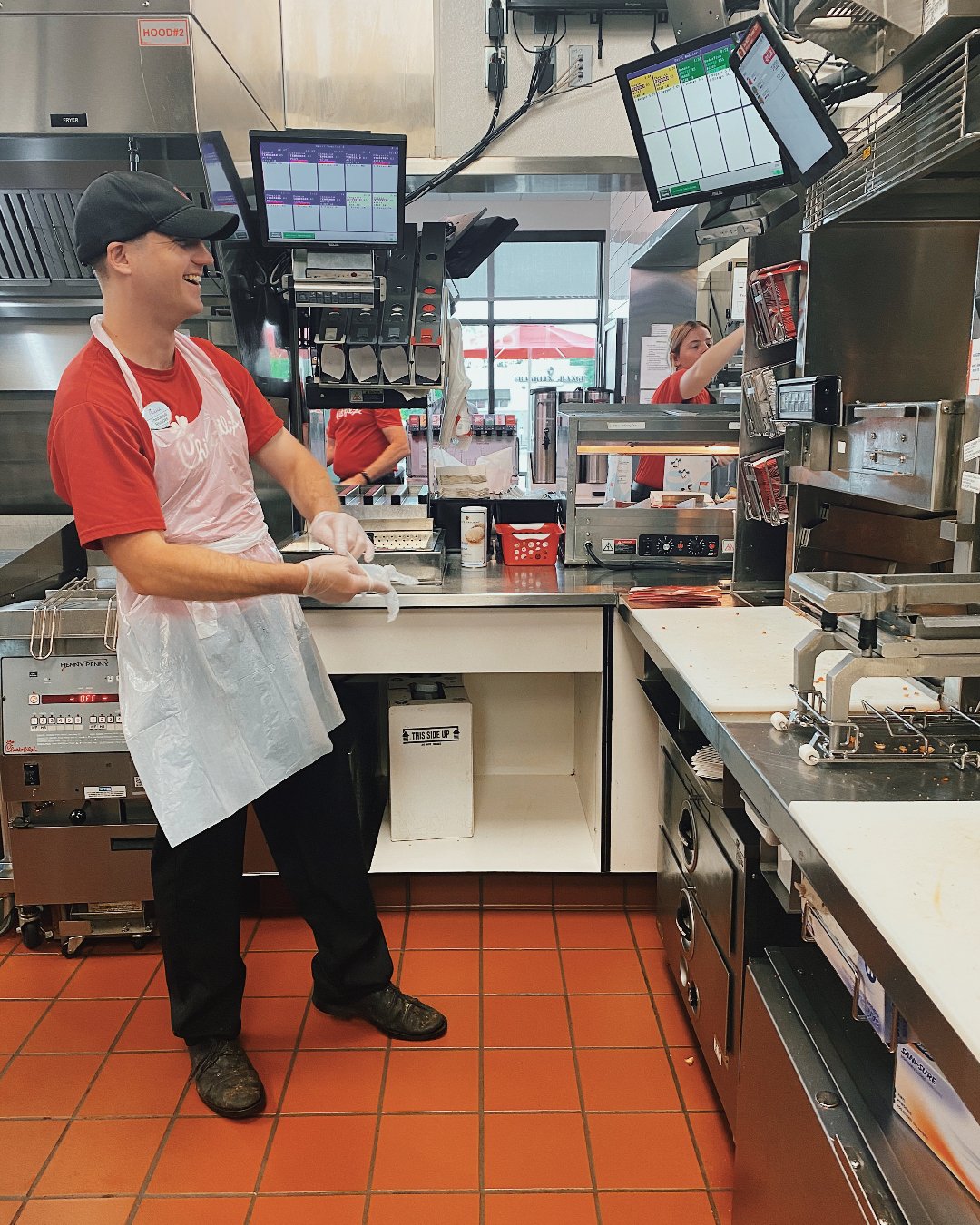Title Page
-
School Year
-
Conducted on
-
Prepared by
-
Location
-
Directions: Complete this checklist at least once a month. Determine areas in your operations requiring corrective action.
PERSONALHYGIENE
-
Employees wear clean and proper uniform including closed-toe shoes.
-
Effective hair restraints are properly worn.
-
Fingernails are short, unpolished and clean (no artificial nails).
-
Jewelry is limited to a plain ring, such as a wedding band, watch and no bracelets.
-
Hands are washed properly, frequently and at appropriate times.
-
Burns, wounds, sores, scabs, and splints are covered with water-proof bandages and completely covered with a foodservice glove while handling food.
-
Eating, drinking, chewing gum and smoking are allowed only in designated areas away from preparation, service, storage and ware washing areas.
-
Employees use disposable tissues when coughing or sneezing and then immediately wash hands.
-
Employees appear in good health.
-
Hand sinks are unobstructed, operational and clean.
-
Hand sinks are stocked with soap, disposable towels and warm water.
-
A handwashing reminder sign is posted.
-
Employee restrooms are operational and clean.
FOOD PREPARATION
-
All food stored or prepared in facility is from approved sources.
-
Frozen food is thawed under refrigeration or in cold running water and then cooked to the proper temperature.
-
Thawed food is not refrozen.
-
Preparation is planned so ingredients are kept out of the temperature danger zone.
-
Food is tasted using the proper procedure.
-
Procedures are in place to prevent cross-contamination.
-
Food is handled with suitable utensils, such as single use gloves or tongs.
-
Food is prepared in small batches to limit the time it is in the temperature danger zone.
-
Clean reusable towels are used only for sanitizing equipment and surfaces and not for drying hands, utensils or floor.
-
Food is cooked to the required safe internal temperature for the appropriate time.
-
The internal temperature of food being cooked is monitored and documented.
HOT HOLDING
-
Hot holding unit is clean.
-
Food is heated to the required safe internal temperature before placing in hot holding. Hot holding units are not used to reheat potentially hazardous foods.
-
Hot holding unit is pre-heated before hot food is placed in unit.
-
Temperature of hot food being held is at or above 135 °F.
-
Food is protected from contamination.
COLD HOLDING
-
Temperature of cold food being held is at or below 41 °F.
-
Food is protected from contamination.
REFRIGERATOR, FREEZER and MILK COOLER
-
Food is stored 6 inches off the floor in walk-in coolers.
-
Refrigerator and freezer units are clean and organized.
-
Proper chilling procedures are used.
-
All food is properly wrapped, labeled and dated.
-
Air temperature of all refrigerators and freezers is monitored using accurate thermometers and documentation is on file.
FOOD STORAGE and DRY STORAGE
-
Temperature of dry storage area is between 50 °F and 70 °F.
-
All food and paper supplies are stored 6 to 8 inches off the floor.
-
All food is labeled with name and date received.
-
Open bags of food are stored in containers with tight fitting lids and labeled with common name.
-
The FIFO (First In, First Out) method of inventory management is used.
-
There are no dented on the seam, bulging or leaking canned goods.
-
All food surfaces are clean.
-
Chemicals are clearly labeled and stored away from food and food-related supplies.
-
There is a regular cleaning schedule for all food surfaces.
-
Food is stored in original container or a food grade container and is labeled with name and date received.
CLEANING and SANITIZING
-
Three-compartment sink is properly set up for ware washing.
-
Dishmachine is working properly (gauges and chemicals are at recommended levels).
-
Water is clean and free of grease and food particles.
-
Water temperatures are correct for wash and rinse.
-
If heat sanitizing, the utensils are allowed to remain immersed in 171 oF water for 30 seconds.
-
If using a chemical sanitizer, it is mixed correctly and a sanitizer strip is used to test chemical concentration.
-
All washed/sanitized items are allowed to air dry.
-
Wiping cloths are stored in sanitizing solution while in use.
UTENSILS and EQUIPMENT
-
All small equipment and utensils, including cutting boards and knives, are cleaned and sanitized between uses.
-
Work surfaces are cleaned and sanitized between uses.
-
Thermometers are cleaned and sanitized after each use.
-
Thermometers are calibrated on a regular basis.
-
Can opener is clean.
-
Drawers and racks are clean.
-
Clean utensils are handled in a manner to prevent contamination of areas that will be in direct contact with food or a person’s mouth.
LARGE EQUIPMENT
-
Food slicer is broken down, cleaned and sanitized before and after every use.
-
Exhaust hood and filters are clean.
GARBAGE STORAGE and DISPOSAL
-
Outdoor garbage cans/dumpsters are clean, water-tight and kept covered.
-
Garbage cans are emptied as necessary.
-
Boxes and containers are removed from the site.
-
Loading dock and area around dumpster are clean and odor-free.
PEST CONTROL
-
Outside doors have screens, are well-sealed and are equipped with a self-closing device.
-
No evidence of pests is present.
-
There is a regular schedule of pest control by a licensed<br>pest control operator.
Completion
-
Additional Corrective Action
-
Additional Comments
-
Inspected by: (Name and Signature)







